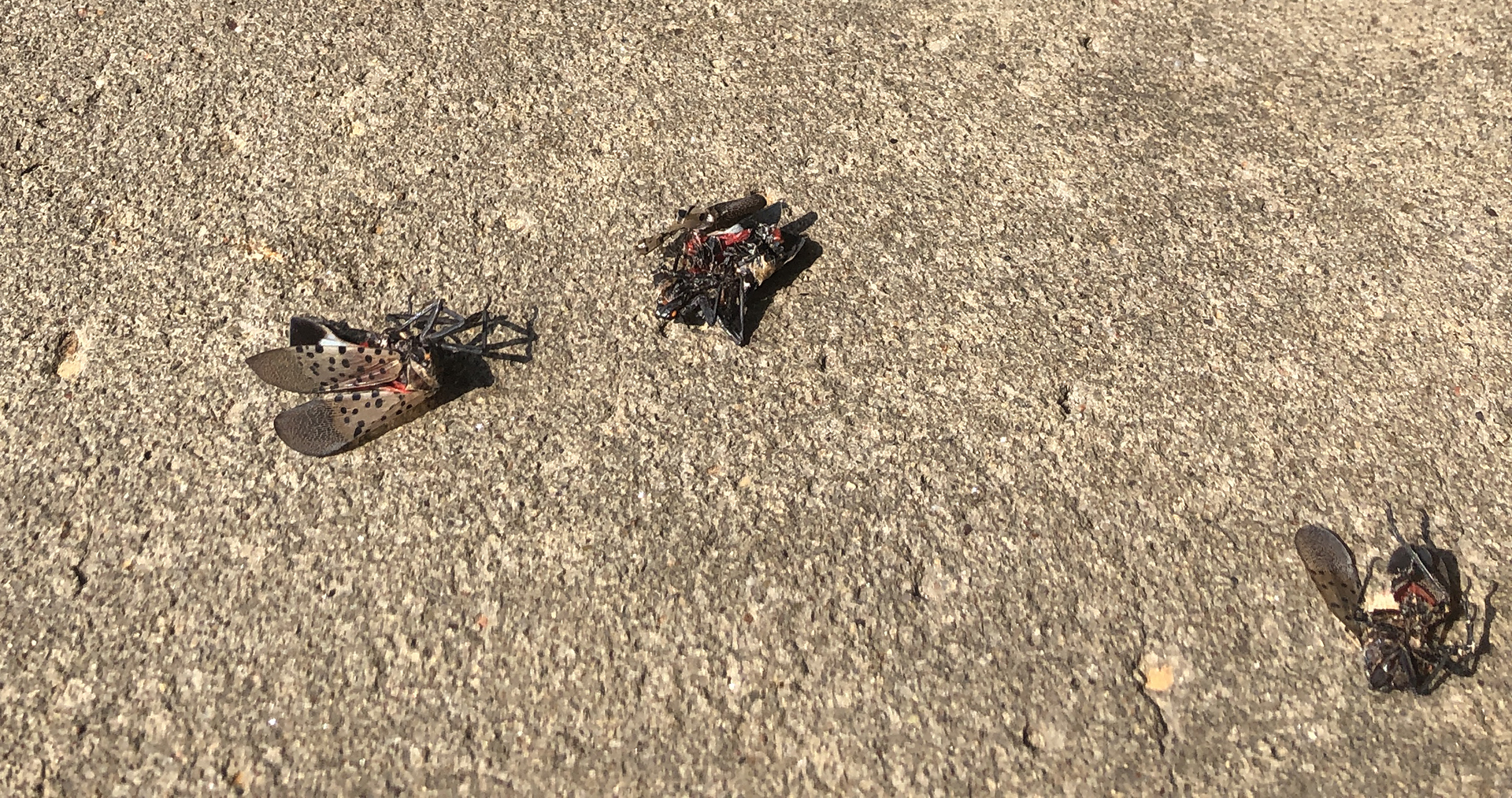
Gardening Green with Doug
Spotted Lanterflies — Have You Seen Them?
By Doug Oster
September 1, 2023
The Green Voice resident garden expert Doug Oster has the dirt, and tips on how to handle them.
Walking across the blazing hot sidewalk at the mall reveals a plethora of smashed adult spotted lanterflies. It’s the talk of the mall as two teenagers wonder aloud what they are. A mother with two children in tow is explaining that her family thinks she is crazy as she’s on a crusade to stop out the pest. Three people leave the mall, carefully crushing the insect and they head for their car. In my garden, spotted lanterflies started with little black and white bugs on my roses, which turned into little orange and white bugs on my roses, and now colorful winged pests all over the landscape.
The spotted lanterfly has arrived; it’s probably the beginning of a major infestation. The insect has different instars (stages), which is why they look different as they mature. The invasive pest was discovered in 2014 in Berks County, Pa., and has slowly moved west, many times hitching a ride on rail cars. If what happened in the eastern counties is replicated here, this is just the beginning of the invasion.
Spotted lanterflies will feed on over 170 different plants, one of their favorites is tree of heaven, which is an invasive weed tree. I’ve talked to many gardeners and actually been hired to look at properties by owners trying to eradicate the plant. In my opinion, I tell them leave the tree of heaven, as it’s a trap crop for the spotted lanterfly. Remove it and they will find another plant to infest.
Adam Baker is a research entomologist for the Davey Tree Expert Company; he’s been tracking the spread of the pest and has some interesting observations. “The silver lining with the spotted lanterfly is that it is moving a lot slower than the initial projections and it’s causing a lot less tree death than expected,” he says. The pest tends to target trees that are vigorous and healthy, Baker adds.
The way the insect feeds is interesting too, as there are some plants that will not be affected, according to Baker. “Unlike some other sucking insect pests that have a pump that can pull fluids out of the vascular system,” he says, “the spotted lanterfly depends on the positive pressure of the tree to push sap into their feeding system.” One of the biggest problems with the pest is that they will cover a plant, excreting something called honeydew, which is sticky and can cause a host of issues with plants, including sooty mold.
There are a host of online recipes to deal with the SLF, however, none of them should be used as they are not tested and could be unsafe for plants and the environment. The organic controls include spraying the insect with horticultural oil, insecticidal soap or Neem oil. All three are effective, but do not kill the pest on contact. It takes a while for each product to dispatch the lanterfly. Physically crushing them is effective too, but they are leafhoppers and can spring out of harm’s way quickly, which was evident as the family leaving the mall was missing about a third of them with their feet.
When I recommended to a friend that he stomp on the pests which were all over his porch, he remarked that he would have to be a dancer like Fred Astaire to deal with all the bugs. If gardeners see a pest, they should report it to Penn State here and try to kill the insect(s). Penn State also has instructions to make a trap for SLF on trees here. You can see me construct one of the traps here. It’s also important to be able to identify nymph stages, adults, and the grayish egg mass laid on plants, which should also be destroyed.
Although the research is ongoing, there are reports of praying mantis, birds, and other predators feeding on the lanterfly. The hope is that nature will create a balance over the next several seasons.
One big problem is the beauty of the adult, homeowners are reluctant to kill the insect. It’s important that gardeners kill the pests they see as it’s one way to stave off the infestation.
Tomato Problems
I’ve heard from many gardeners who are dealing with blossom end rot on tomatoes; this has been a particularly bad year for the issue. A brown or black, sunken lesion appears on the bottom of the tomato, sometime during the growing season.
The problem is caused by a calcium deficiency, but the nutrient is usually in the soil, but can’t get into the plants system without proper watering. There are some tomatoes which are more susceptible to the problem, specifically sauce tomatoes and varieties grown in container.
The good news is that if the soil is kept evenly moist, remaining tomatoes should not get blossom end rot. When we have a long dry spell and then a deluge of rain, those are the perfect conditions for the rot. Mulching and weekly watering (more if in small containers) will solve the issue.
Tomato plants are also showing signs of early blight and Septoria leaf spot, fungal issues that infect the plant in the spring and manifest themselves through the summer. It begins as foliage at the bottom of the plant turns yellow with brown spots, working its way up the stem. The diseases rarely kill the tomato, but slow it down and defoliate the plant. At this point in the season, remove the infected foliage as it appears, that will slow down the spread as the season ends.
An organic, biological fungicide called Revitalize by Bonide might help. Fungicides are always more effective when applied before signs of damage.
For next season, here’s what I’m doing to keep plants healthy through the growing season.
If tomatoes are still green by September, trim the tops of the stems and foliage off, so the plants can no longer produce flowers. This will panic the plant into ripening the tomato in an effort to make seeds before frost arrives.
Fall Planting Now
This is the second most important time of the year behind spring for planting. Perennials, shrubs, trees, bulbs, and cool weather crops should all go in the ground over the next two months. In the vegetable garden, pea seeds should be started now for a fall harvest. Nurseries have brought in transplants of lettuce, arugula, beets, Swiss chard, cabbage, kale, turnips, and much more. These can all be planted now and picked well into November and beyond.
Don’t stop planting as the season winds down, putting plants in the ground now will provide a longer season in the veggie garden and a more beautiful ornamental garden for years to come.
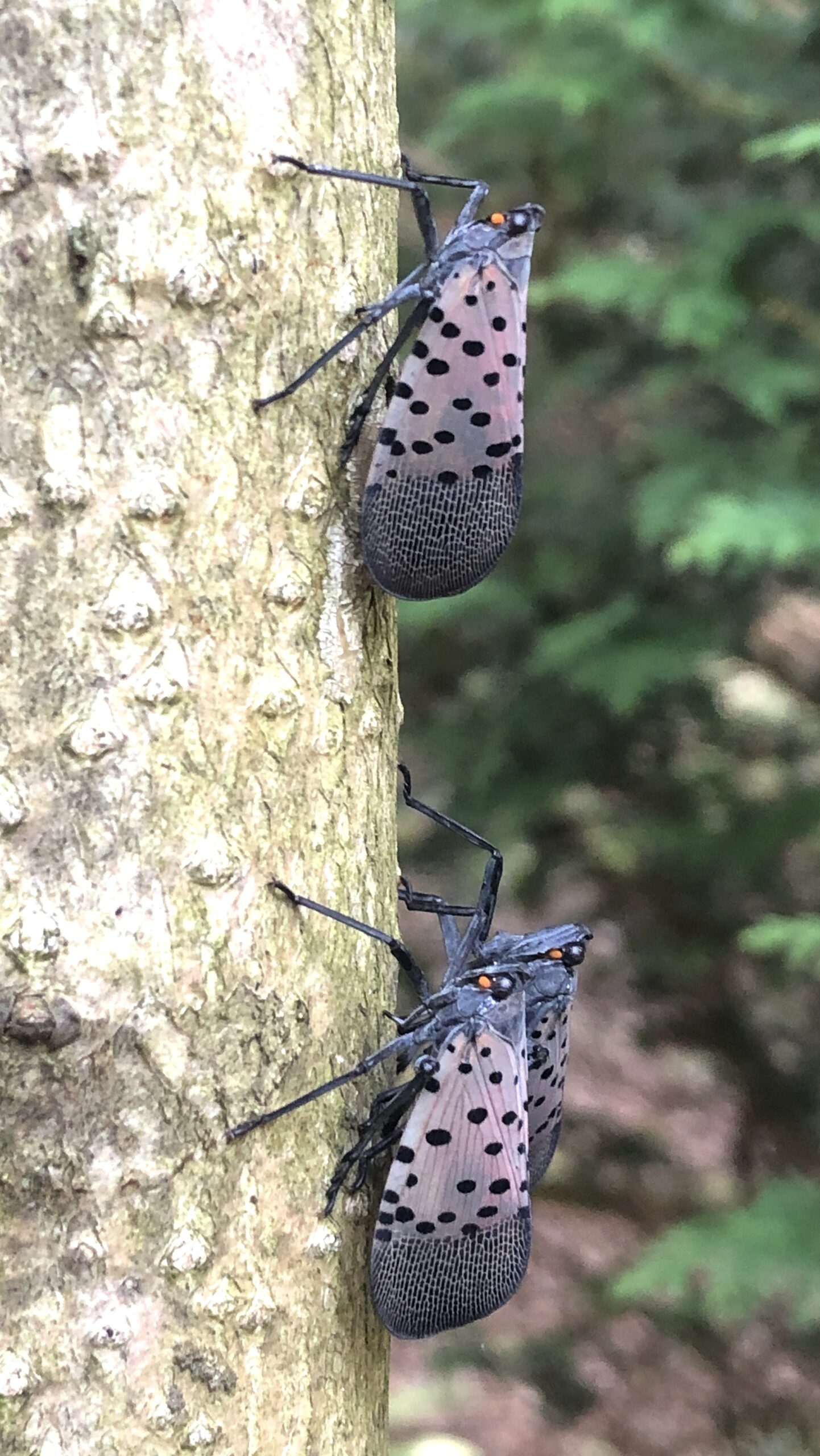
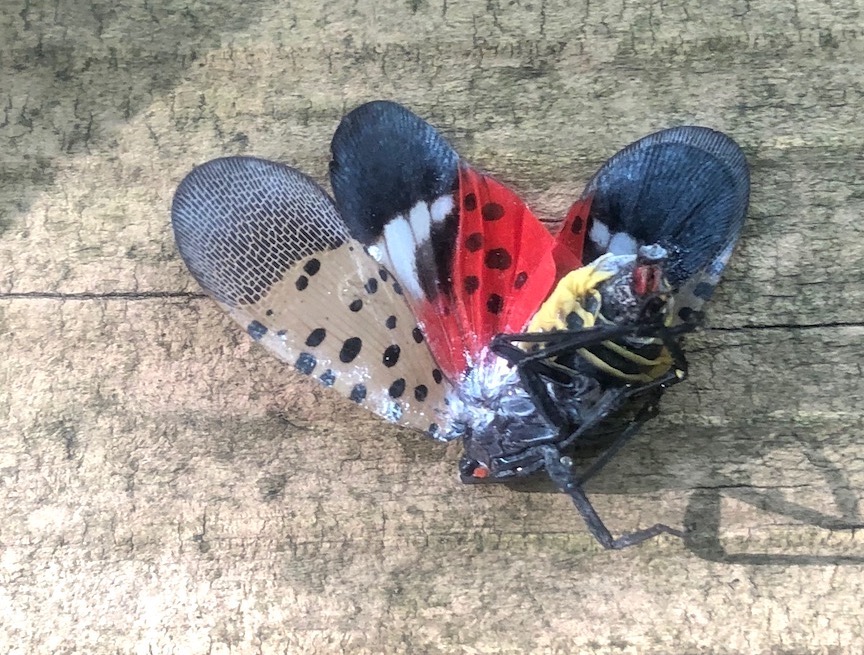
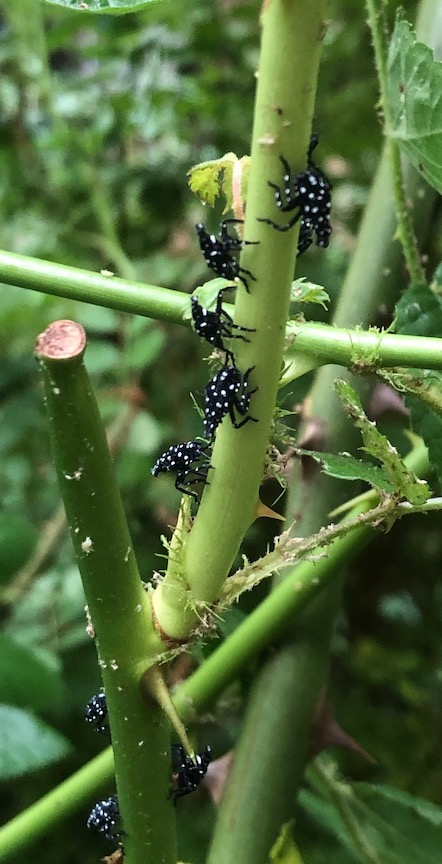
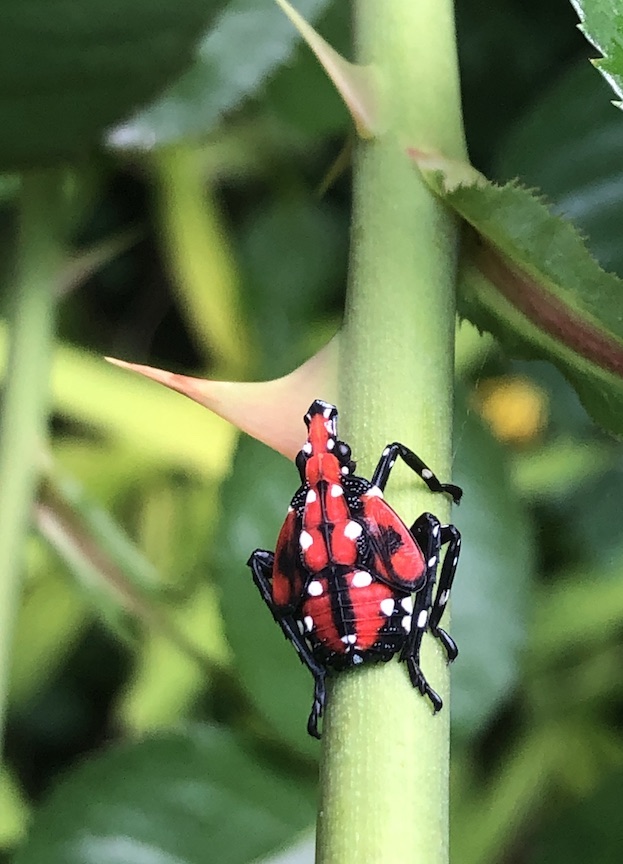
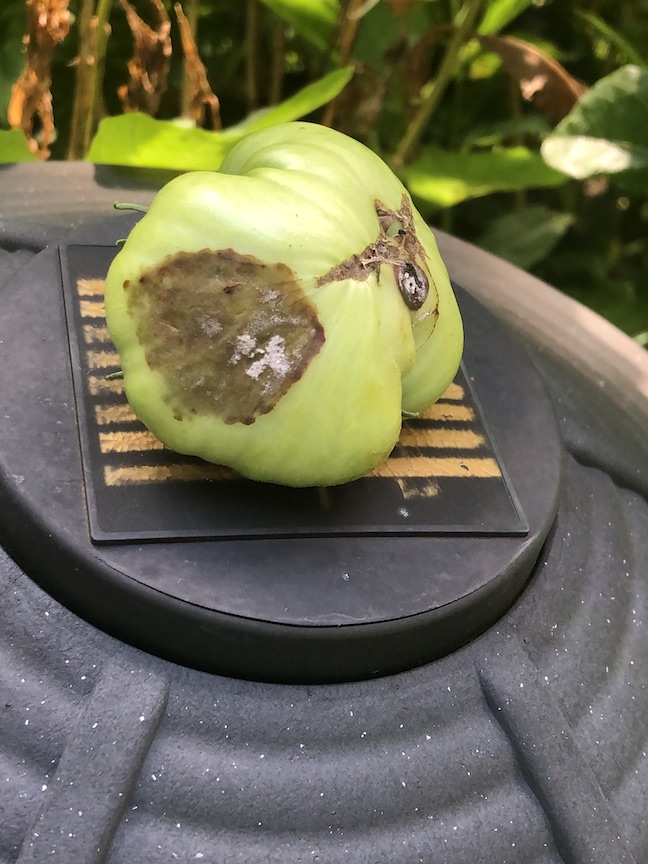
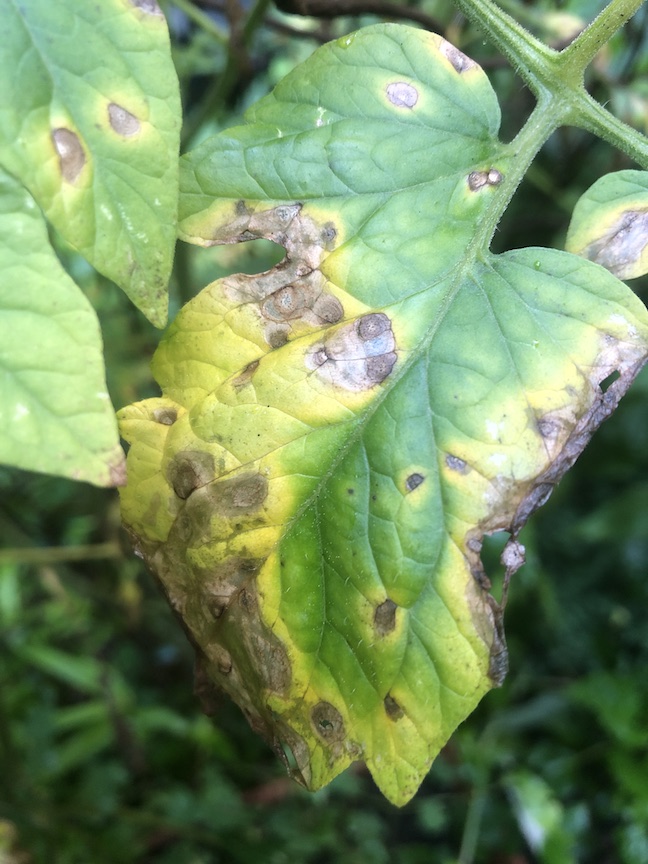
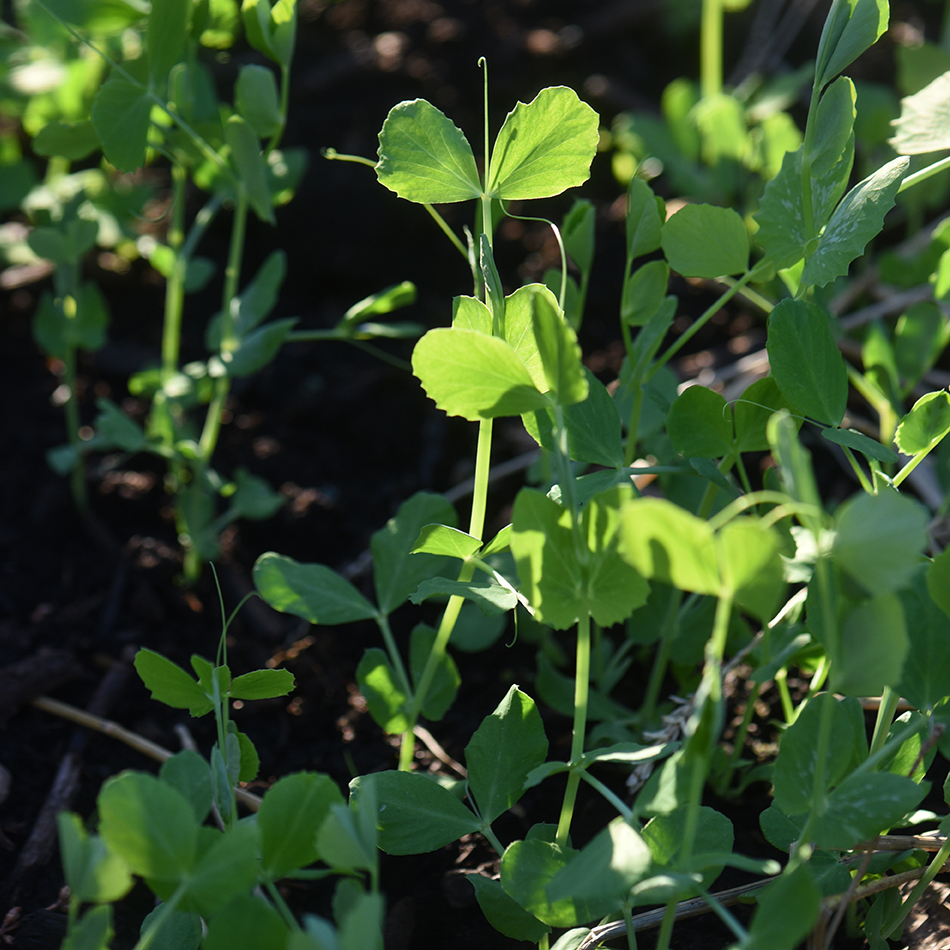

So you can’t get rid of them either.
I see these quite often and try not to disturb them or shoo them away before cutting. Beatful creatures. Great read thank you! Best, Todd